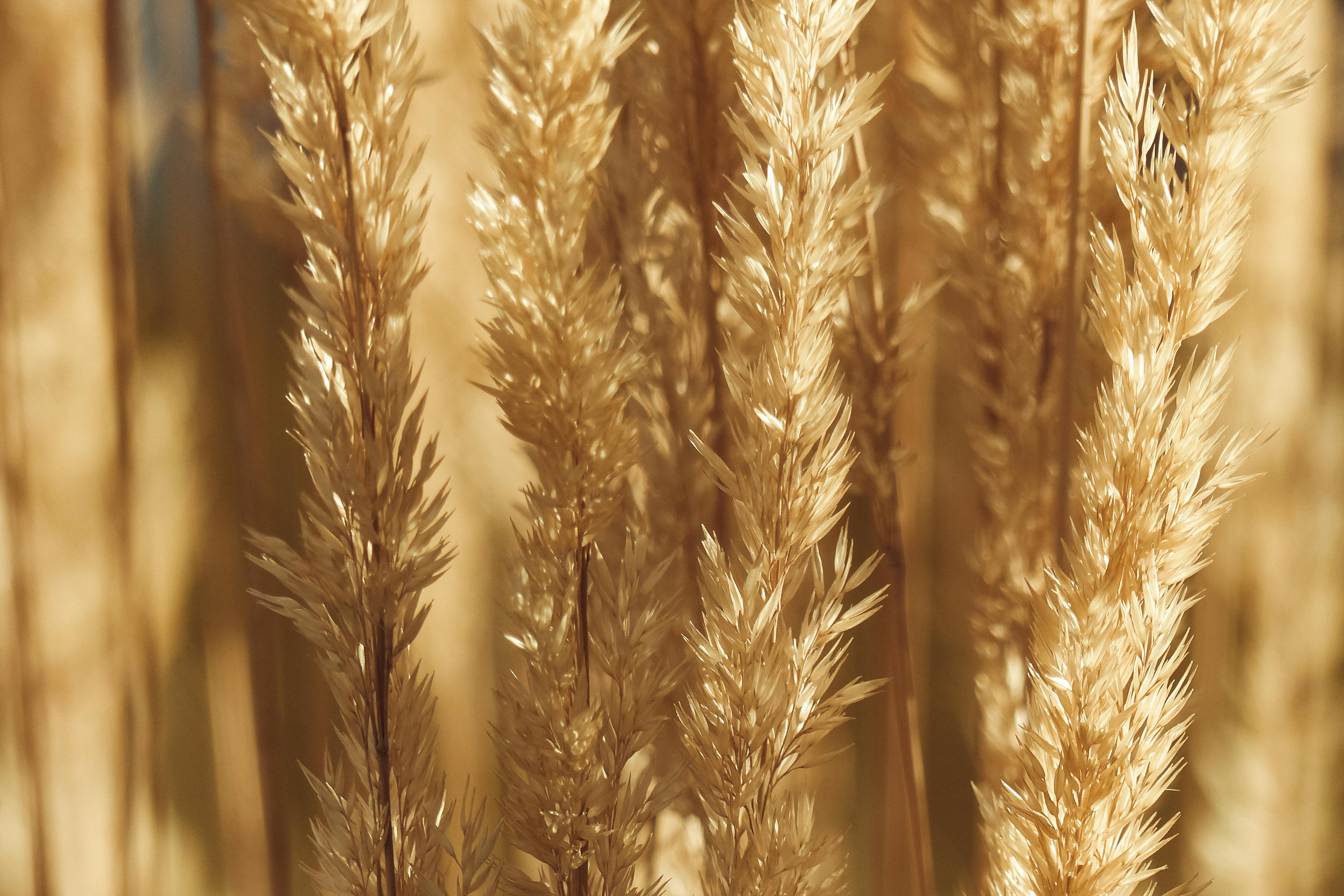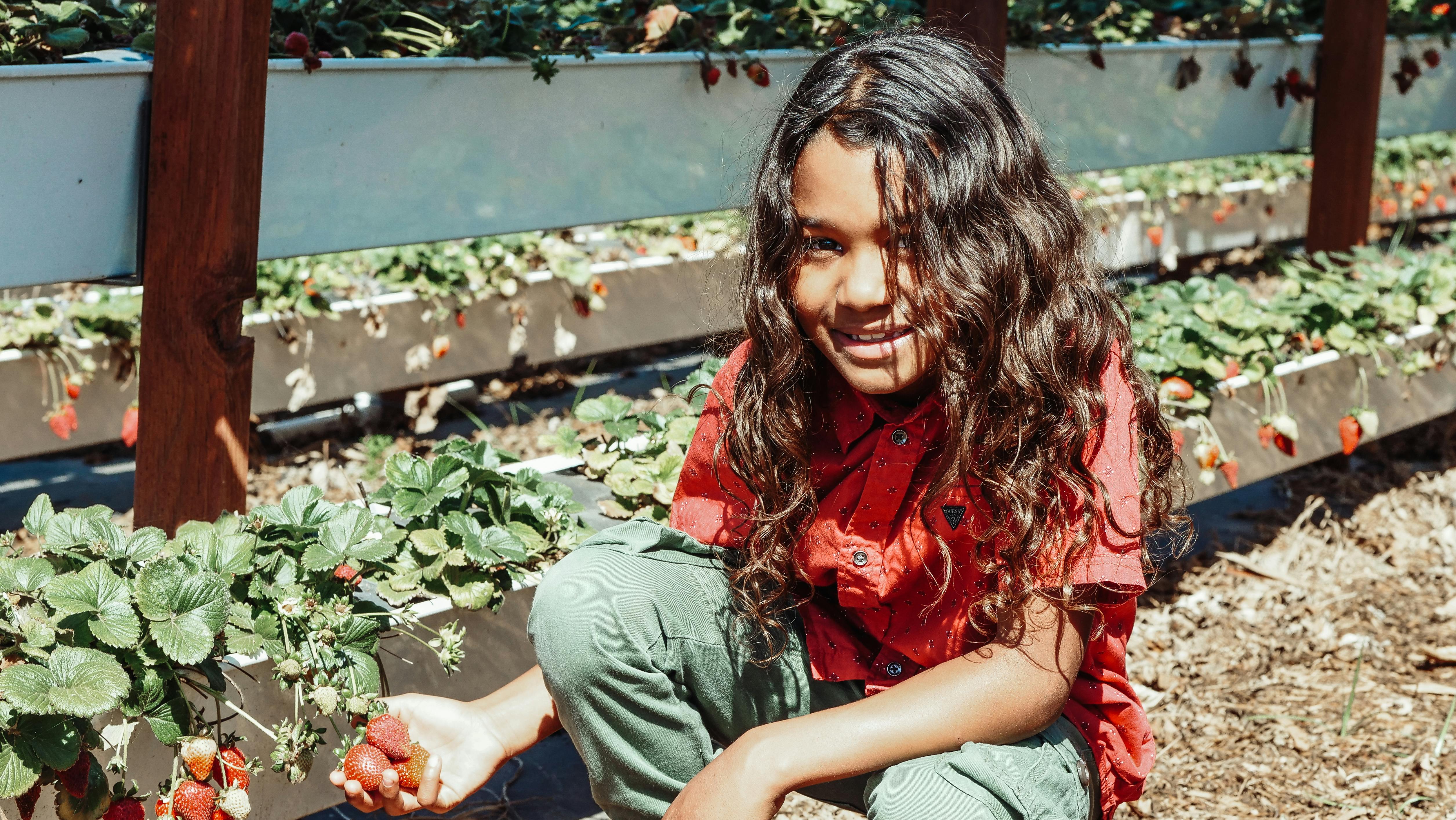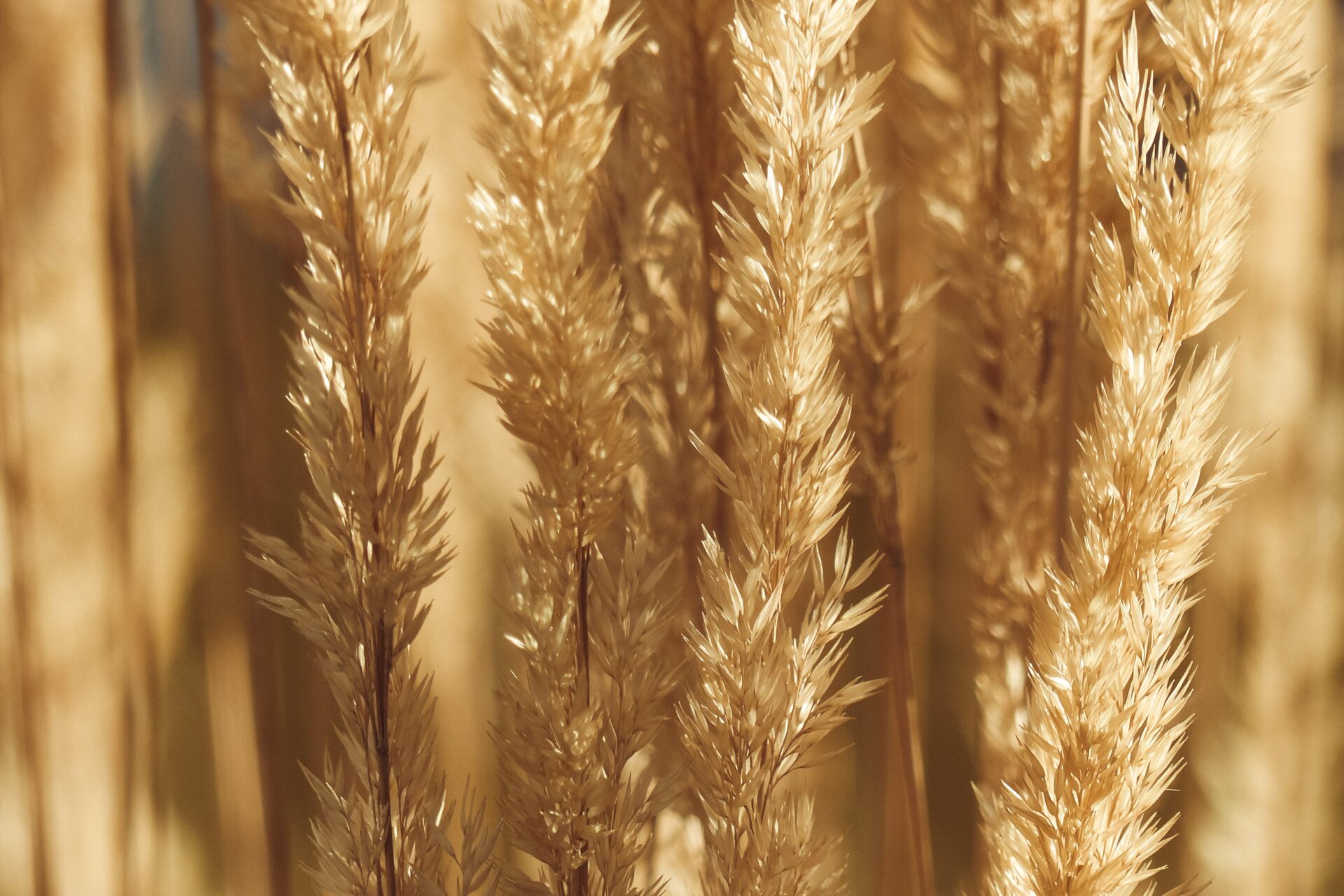Bearing everbearing strawberries is a great way to enjoy a long harvest of sweet and juicy berries. These plants produce fruits throughout the growing season, from early summer to fall, and even into winter in some climates. In this article, we’ll explore how long everbearing strawberries produce fruits, as well as tips for getting the most out of your harvest.Everbearing strawberries typically produce fruit for two to three months. After this period, they will rest for a few weeks before producing again.
What Is an Everbearing Strawberry?
An everbearing strawberry is a variety of strawberry plant that produces two crops of fruit each year. The first crop usually appears in early summer, while the second crop appears in late summer or early fall. This type of strawberry is a great choice for gardeners who want to extend their strawberry season and enjoy fresh strawberries for longer periods of time. Everbearing strawberries are also known as “day-neutral” or “evergreen” strawberries, and they generally produce smaller fruit than other types of strawberries.
Everbearing varieties are usually more tolerant to adverse weather conditions than other varieties, making them a great choice for colder climates or areas with unpredictable weather patterns. They typically require less maintenance and are more disease resistant than other types of strawberries. Additionally, everbearing varieties tend to produce more consistently over the course of several years than other types of strawberries.
When growing everbearing strawberries at home, it’s important to provide plenty of sun and water for optimal growth and fruit production. It’s also important to ensure adequate soil drainage, as wet conditions can lead to diseases like root rot that can ravage the entire plant. Fertilizing with a balanced fertilizer every few weeks during the growing season can help ensure healthy growth and optimal yields.
How Long Can an Everbearing Strawberry Plant Live?
Everbearing strawberry plants are perennials, meaning they live for more than two years. With proper care, they can last up to five years; however, their productivity will decrease over time. To ensure your everbearing strawberry plants keep producing plentiful berries each year, it is important to replace them every few years.
The best time to replace your everbearing strawberry plants is in the spring when the soil has warmed up and new growth is starting to appear. This is the optimal window for planting a new variety of everbearing strawberries that will perform well in your area and provide ample fruit production late into the summer.
When replacing an old everbearing strawberry plant with a new one, make sure to dig up all of the old roots and discard them so that no disease can spread. Then prepare the soil for planting by loosening it and adding plenty of organic matter like compost or aged manure. This will help create a healthy environment for your new everbearing strawberries to thrive in.
Once you have a new everbearing strawberry plant established, you should take care to protect it from pests and diseases by keeping weeds away from its base and rotating crops each year so that nutrient-depleted soil doesn’t lead to poor growth or reduced fruit production. Regular pruning and fertilizing are also important for maintaining healthy everbearing strawberry plants over multiple years.
With proper care and maintenance, an everbearing strawberry plant can live up to five years or more. Replacing them every few years will ensure you get the most out of your crop year after year for many seasons of delicious berries!
What Is the Fruiting Season for Everbearing Strawberries?
Everbearing strawberries are a type of strawberry plant that produces two crops of fruit each year. The first crop is typically harvested in late spring to early summer, and the second in late summer or early fall. The exact fruiting season will depend on the climate and variety of everbearing strawberry being grown. Generally, everbearing strawberries begin to produce fruit when the weather has warmed up enough for the plants to become active. In most areas, this will be when daytime temperatures have reached at least 70°F (21°C).
Everbearing strawberries are typically a bit more tolerant of cooler temperatures than other types of strawberries, so they may still produce some fruit even if temperatures dip lower than ideal during the growing season. However, it is important to note that cooler temperatures can reduce the overall production of everbearing strawberries. Additionally, everbearing strawberry plants may not produce as much fruit if they experience too much heat or drought during their fruiting season.
In order to maximize the production of everbearing strawberries, gardeners should monitor their plants closely and provide them with adequate water and fertilizer throughout their fruiting season. Additionally, gardeners should remove any damaged or diseased fruits from their plants as soon as possible. This helps prevent disease from spreading within the plant and ensures that healthy fruits can grow and ripen properly.
How to Care for Everbearing Strawberries
Everbearing strawberries are a type of perennial strawberry, meaning they will bear fruit over several seasons. Proper care is essential for these berries to grow and produce high yields. To ensure your everbearing strawberries are in top condition and producing quality fruit, here are some tips on how to care for them.
One of the most important things you can do for your everbearing strawberry plants is to give them plenty of sunlight. These berries require at least 6 hours of direct sunlight each day in order to thrive. If your plants don’t get enough sun, they may not produce much fruit or the fruit could be small and tasteless.
In addition to providing adequate sunlight, you should also ensure that your everbearing strawberries have plenty of water. These plants need 1-2 inches of water per week, so make sure to water them regularly throughout the growing season. If it doesn’t rain enough, you may have to manually water your berries in order to keep them properly hydrated.
Another important factor in caring for everbearing strawberries is soil fertility. The best type of soil for these berries is well-draining, loamy soil with an acidity level between 5.5 and 6.5 pH. You should also add organic matter such as compost or manure to the soil in order to provide extra nutrients and improve drainage.
Finally, it’s important that you pay attention to weeds and pests when caring for everbearing strawberries. Keep an eye out for weeds that can compete with the berries for nutrients and water, and take steps to remove them as soon as possible. Additionally, be on the lookout for any signs of pests or disease so you can treat it immediately before it spreads throughout your crop.
By following these simple tips on how to care for everbearing strawberries, you can ensure that your plants stay healthy and productive throughout the growing season!

The Benefits of Growing Everbearing Strawberries
Everbearing strawberries are a great option for those looking to have a continuous supply of fresh fruit. These plants bear an abundance of sweet, juicy berries throughout the growing season, providing a steady stream of fruit from early summer to fall. Here are some of the benefits of growing everbearing strawberries:
Continuous Supply
One of the primary benefits of everbearing strawberries is that they provide a continuous supply of fresh berries throughout the growing season. This means that you can enjoy an abundance of sweet, juicy berries for several months with minimal effort. Not only is this great for your taste buds, but it also makes it easier to preserve or freeze excess fruit for later use.
No Need for Replanting
Unlike other types of strawberries, everbearing varieties don’t require replanting each year. Because these plants are perennial and can produce fruit over multiple years, you won’t need to worry about starting from scratch each spring. This saves time and energy while still providing plenty of delicious berries.
Low Maintenance
Everbearing strawberry plants are relatively low maintenance compared to other types. As long as they have access to full sun and plenty of water, these plants will thrive with minimal fuss. This makes them perfect for beginner gardeners or those looking for an easy way to add fresh produce to their diet.
Overall, everbearing strawberries offer plenty of benefits and make a great addition to any garden. With their continuous supply and low maintenance needs, these plants are sure to provide plenty of sweet fruits throughout the growing season.
Harvesting Everbearing Strawberries
Everbearing strawberries are a type of strawberry that can be harvested multiple times throughout the growing season. They typically start producing fruit in late spring and can produce until late summer or early fall. To harvest everbearing strawberries, pick the ripe berries off the plant. Make sure to leave the unripe berries on the plant as they will continue to ripen over time. Be gentle when harvesting so as not to damage the plants or other fruits.
Storing Everbearing Strawberries
Once harvested, everbearing strawberries need to be stored properly in order to preserve their flavor and freshness. The best way to store them is in a cool, dry place such as a refrigerator or pantry. If you plan on using them within a few days, it is best to keep them at room temperature. If you want to store them for longer periods of time, it is best to freeze them. To freeze everbearing strawberries, spread them out on a baking sheet and place in the freezer for about an hour until they are frozen. Then transfer them into an airtight container and store in the freezer for up to six months.
Common Pests and Diseases That Affect Everbearing Strawberries
Everbearing strawberries are a popular crop for home gardens, but they can be affected by a range of pests and diseases. Common pests include aphids, slugs, spider mites, and whiteflies. Aphids are small insects that feed on the sap of the strawberry plants, causing them to be stunted and distorted. Slugs feed on the leaves of the plant and can cause them to wilt or discolor. Spider mites are tiny insects that spin webs around the foliage of plants, sucking out their juices as they feed. Whiteflies are tiny white flying insects that feed on the leaves and stems of strawberry plants, causing yellowing or wilting leaves.
Common diseases that affect everbearing strawberries include leaf spot, gray mold, powdery mildew, verticillium wilt, and anthracnose. Leaf spot is caused by a fungus which causes circular spots to appear on the leaves of the plant. Gray mold is caused by a fungus which can cause fruit rot and blight. Powdery mildew is a fungal disease which causes a white powdery coating to form on the leaves of plants. Verticillium wilt is caused by a soil-borne fungus which affects both the roots and foliage of strawberry plants. Anthracnose is caused by a fungus which causes dark spots to form on the fruit or leaves of strawberry plants.
In order to keep everbearing strawberries healthy and productive it is important to practice good cultural practices such as proper fertilization and irrigation, crop rotation, avoiding overhead watering, removing damaged or diseased plant parts promptly, keeping weeds under control, controlling pests naturally where possible, removing infected fruit from the garden immediately and using disease resistant varieties when available. With these steps in place you will be able to keep your strawberry patch healthy for many years to come!

Conclusion
Everbearing strawberries are a great addition to any garden, offering a longer fruiting period than the standard June-bearing variety. They are very easy to maintain, needing only well-drained soil and consistent watering. When planted in good conditions, everbearing strawberries can produce fruits for up to three years with minimal care. Everbearing strawberry plants can be propagated through runners or by division, so they will continue to produce for many years.
With their extended fruiting season and easy maintenance, everbearing strawberries are an excellent choice for gardeners looking for a bountiful harvest over a long time period. Whether you’re looking to enjoy fresh fruit all summer or create a larger harvest for preserves or jams, everbearing strawberries offer an attractive solution to your needs.



